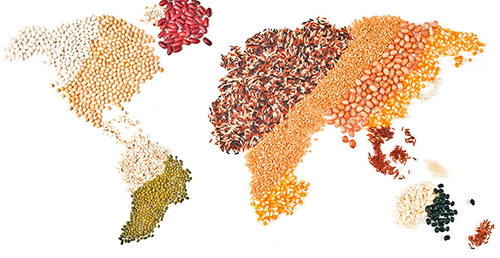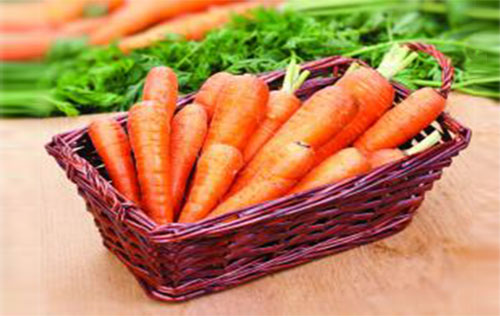- Details
By the end of March, food prices increased by 4.4% y/y (that is, compared to March 2016) and by 1.6% m/m (that is, compared to February 2017). On a biweekly basis, the biggest price increases happened for coriander (40.3%), cucumber (30.0%) and eggplant (14.9%). Carrots, onions and tomatoes, on the contrary, became cheaper and cost 22.1%, 24.4% and 15.0% less, respectively.
LOOKING AT PARTICULAR BUNDLE OF PRODUCTS…
According to the Retail FPI, prices of major commodities increased in March of this year compared to the same period the previous year. Sugar prices increased the most, rising by almost 30%, whereas rice, buckwheat, and wheat flour prices increased by 23.8%, 16.3% and 7.1%, respectively.
- Details
Retail food prices in Tbilisi supermarkets increased by 1.4% m/m (that is, compared to the middle of February) and 3.8% y/y (that is, compared to March of 2016). On a biweekly basis, the biggest price increases happened for eggplants, onions and rice (price increased by 34.3%, 21.7% and 19.2%, respectively). As to the biggest drops in prices, cucumbers, buckwheat and vegetable oil experienced the most significant price decreases (31.8%, 12.4% and 3.1% respectively).
MORE FOOD RETAILERS ON THE FLOOR
Although worldwide food prices have been steadily decreasing over the last couple of years, food prices in Georgia have increased y/y. This increase was captured both by the National Statistics Office of Georgia (Geostat) and ISET’s Retail FPI. According to Geostat’s latest report on inflation, food price inflation in Georgia in February reached 5.5% y/y (that is, compared to the last year’s February). For Tbilisi it was even higher, and reached 5.8% y/y.
- Details
According to the Retail FPI, by the end of February food prices had decreased slightly by 0.01% m/m (that is compared to end of January), and by 2.6% y/y (that is compared to the February 2016). Although overall FPI did not change very much either m/m nor y/y, some foods experienced quite notable changes in prices. Thus cucumber, carrot, and tangerine prices increased by 25.7%, 9.8% and 6.5%, respectively, whereas eggplant, vegetable oil and tomato prices decreased by 41.7%, 5.8% and 5.0%, respectively.
FLUCTUATIONS IN CARROT PRICES
In the last three years, carrot prices have presented quite an interesting trend. In 2015, they were relatively high, then decreased by 40% in 2016, and then increased again by almost 30% in 2017.
- Details
Food prices continue to follow the latest trends. Retail FPI shows a 2.6% increase m/m (that is, compared to January 2017) and a 4.9% decline y/y (that is, compared to February 2016). During the last two weeks, matsoni, tea and carrots lost value (by 10.4%, 6.2% and 6.2% respectively), whereas the prices of cabbage, greens and eggplant increased (by 25.0%, 16.1% and 14.9% respectively).
GARLIC LOOKS INTERESTING
Higher vegetable prices are not surprising given seasonality. However, garlic prices have been continuously increasing during the last couple of months. Prices started rising in October 2016, and are now much higher (by 65%) than in 2015. Such a big difference y/y shows that increasing prices are caused by some other factors rather than seasonality.














